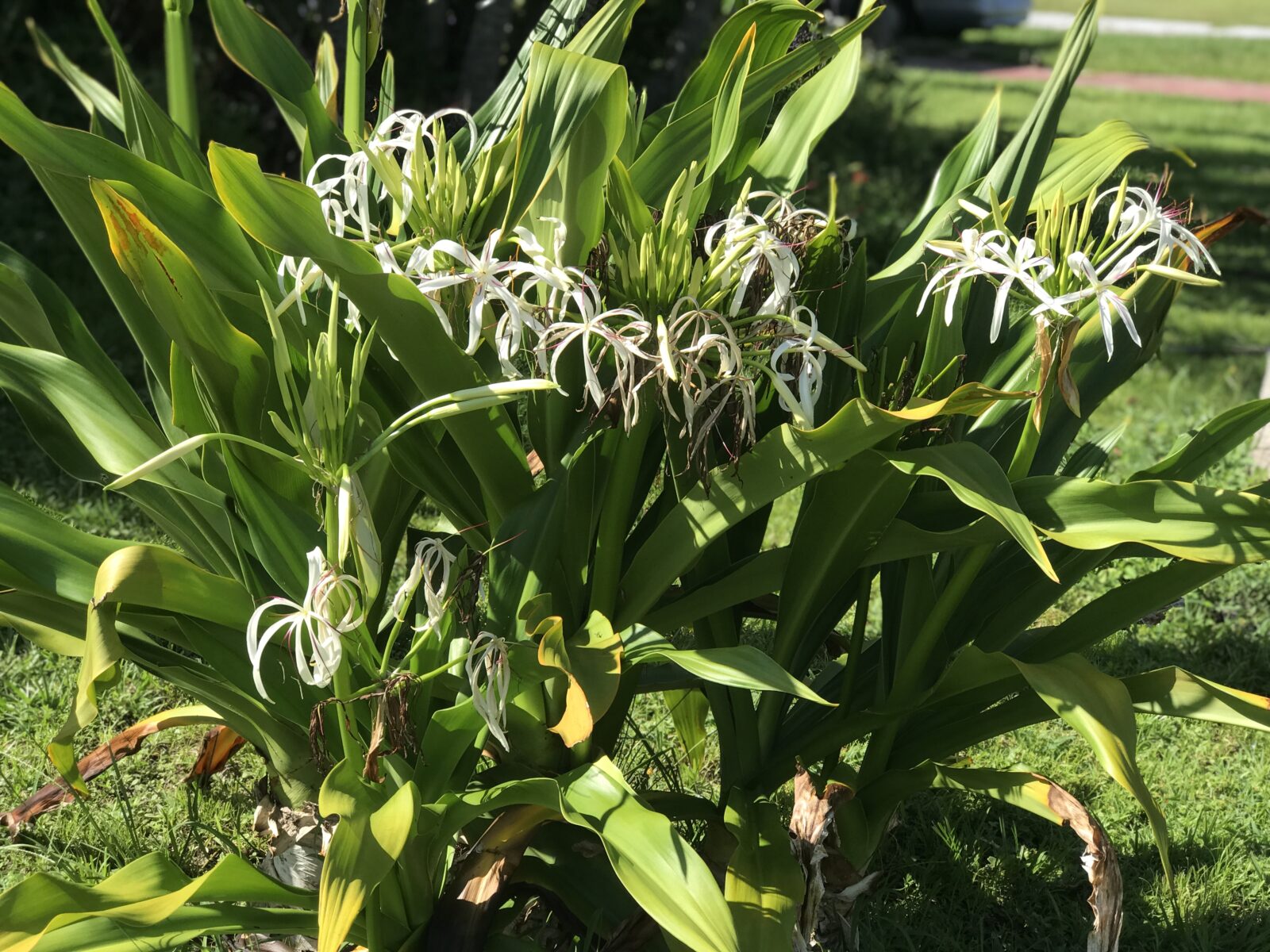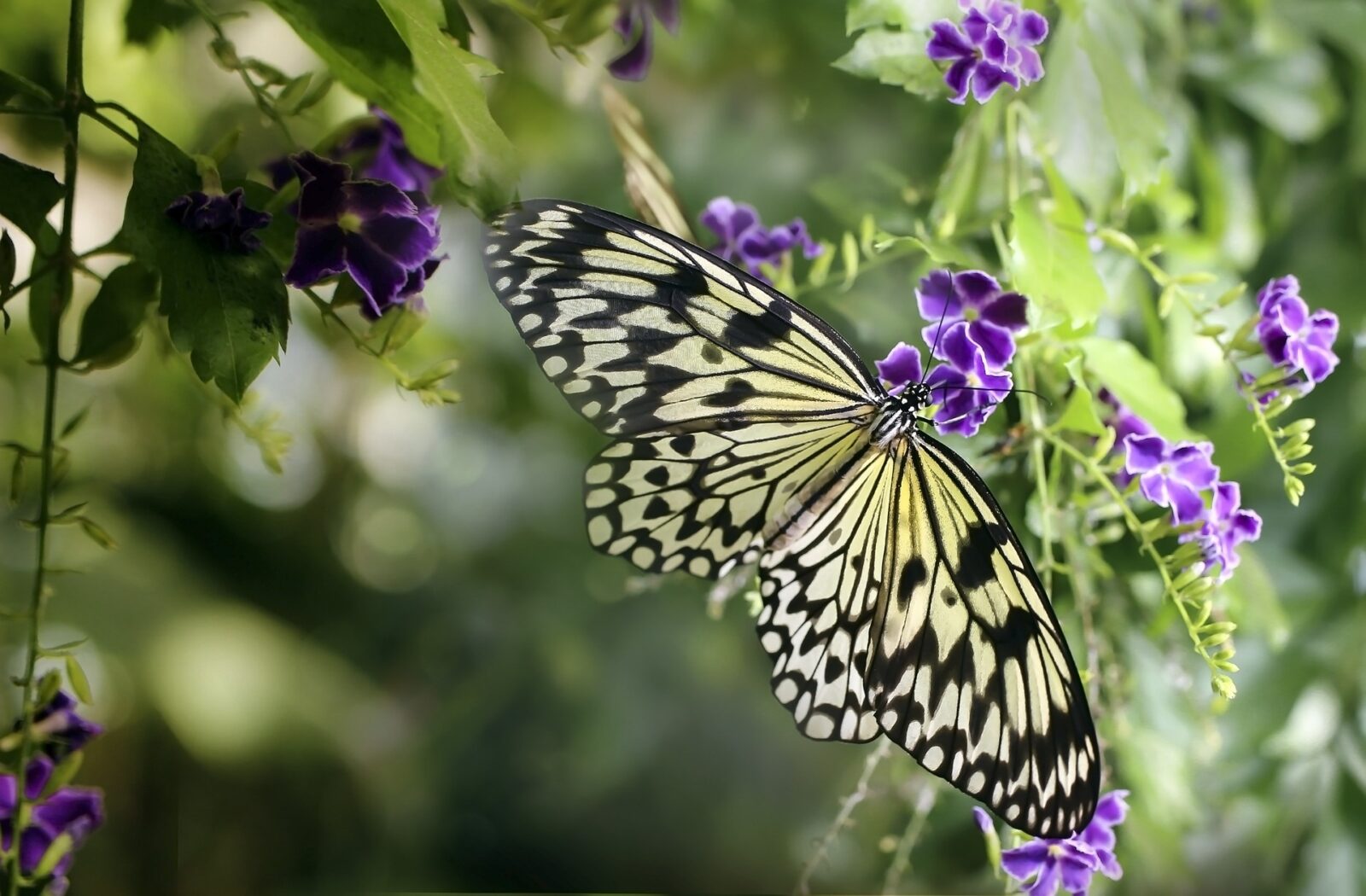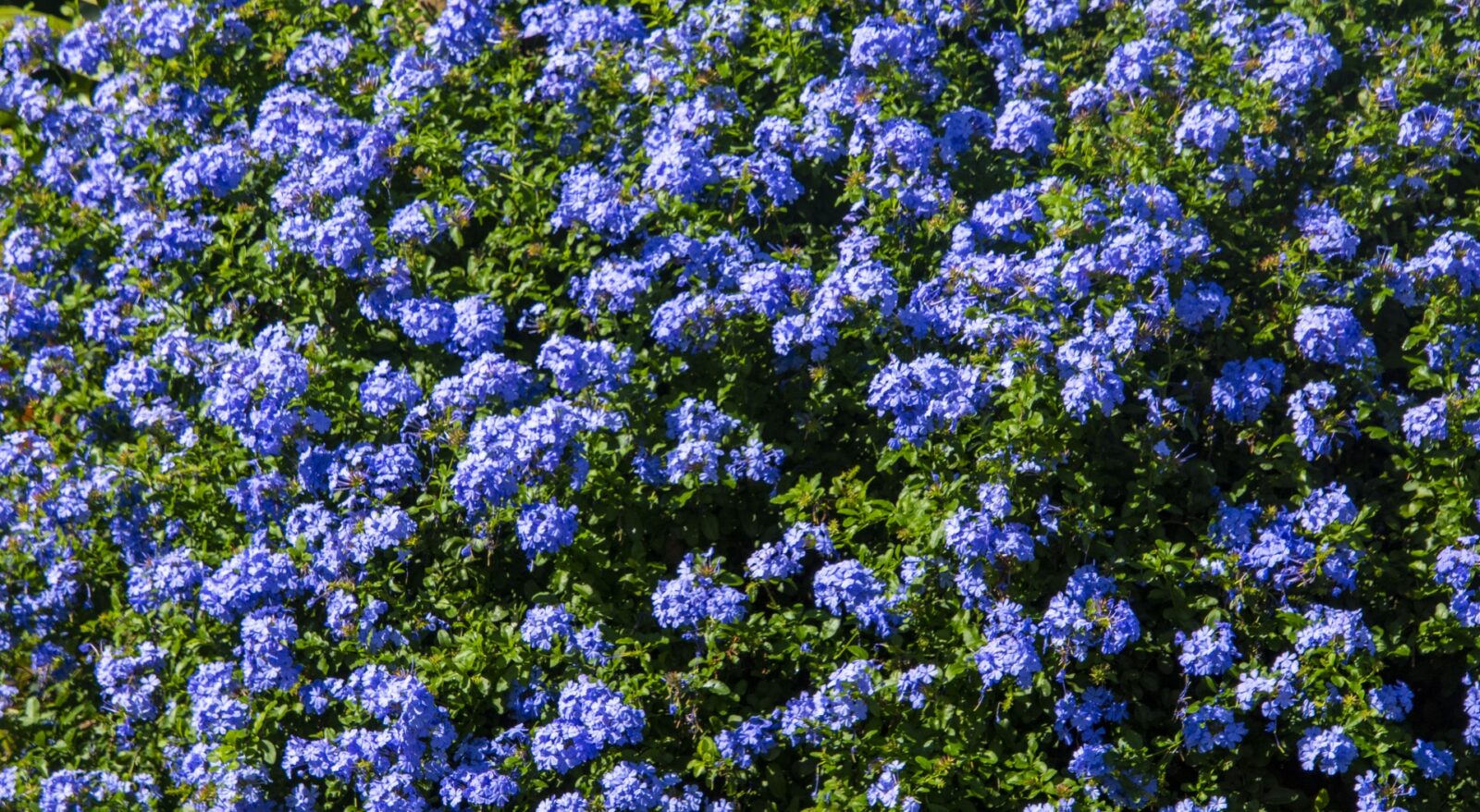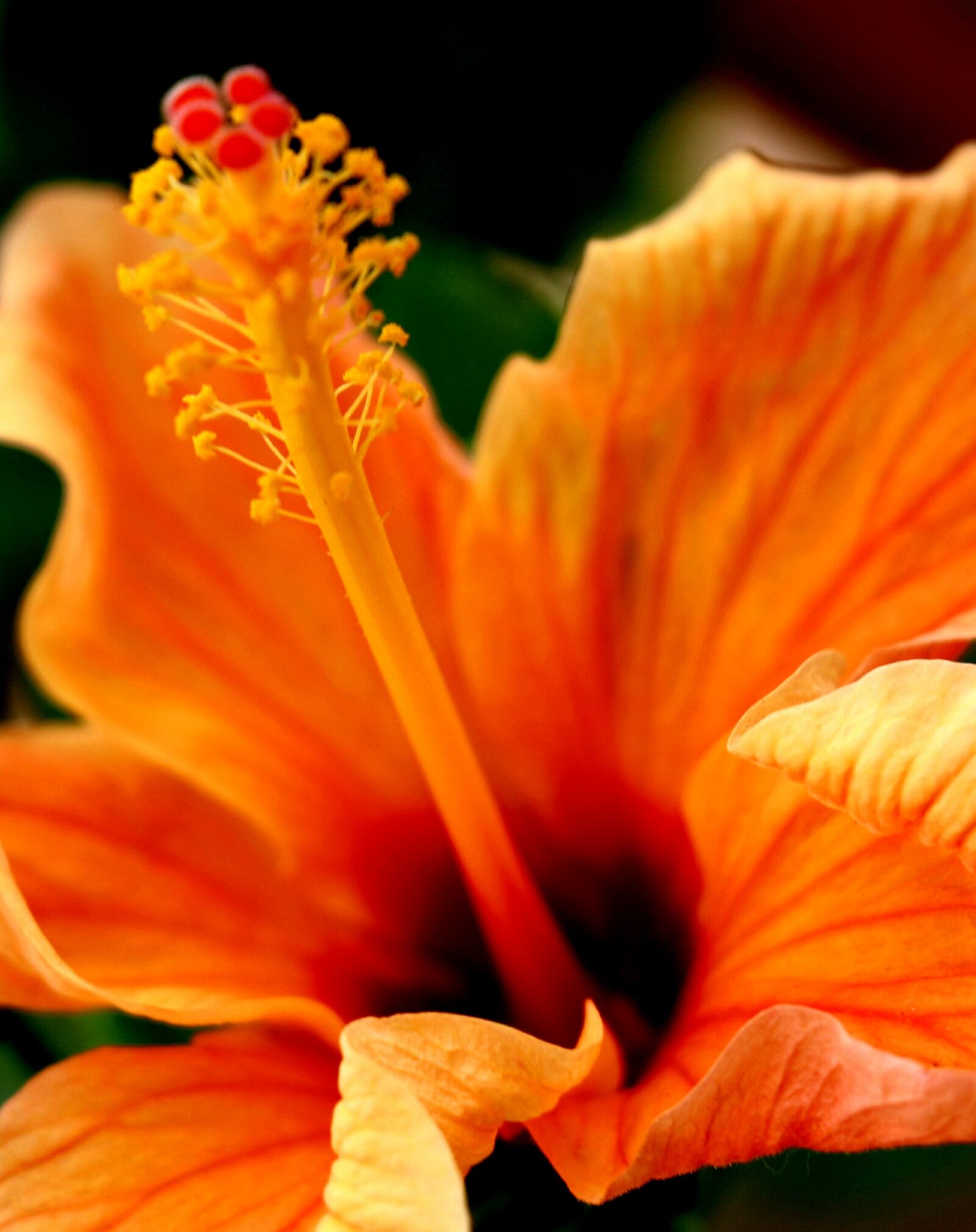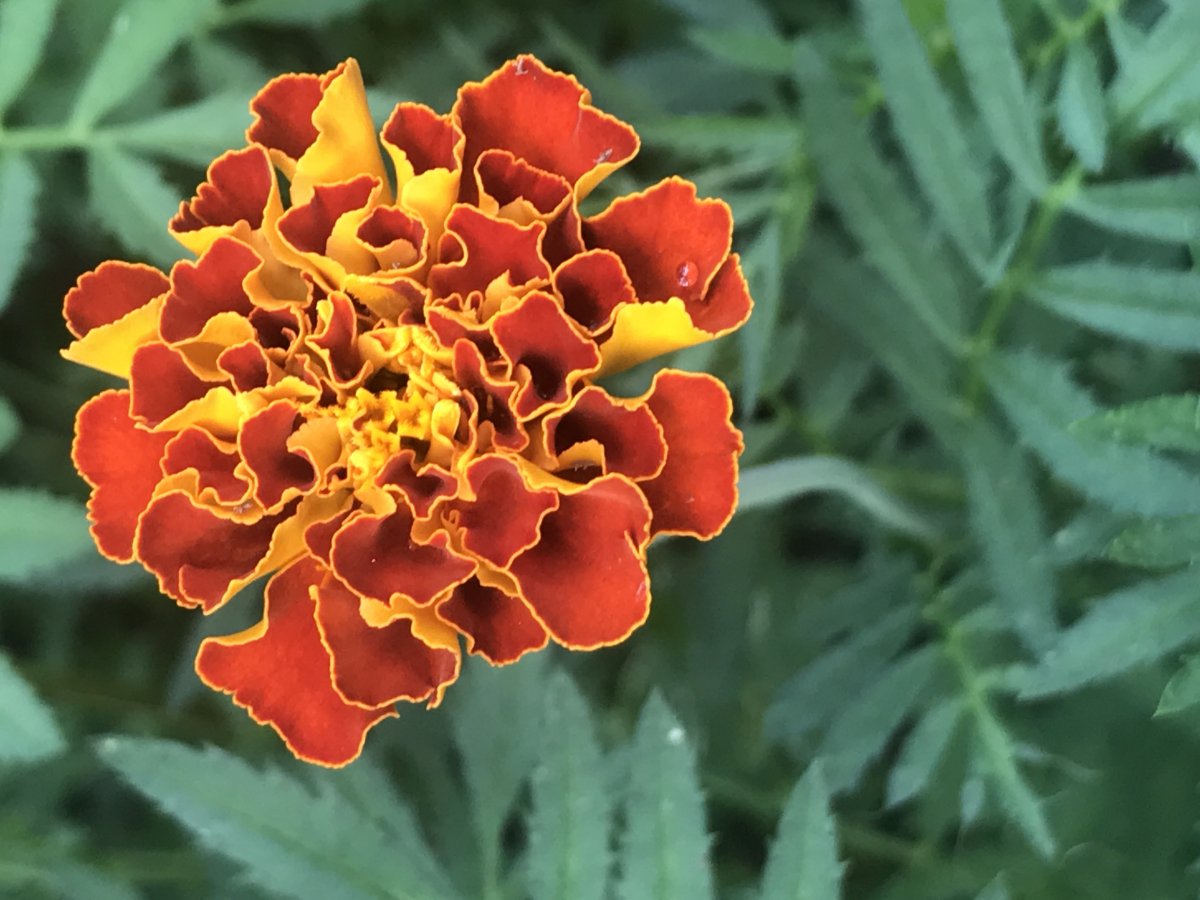The Crinum Lily, renowned for its majestic beauty and resilience, is a captivating addition to any garden. This perennial plant…
With its glorious sprays of deep purple flowers that dangle in graceful sprays, Duranta erecta brings vivid tropical color to…
Plumbago, a genus comprising several species of flowering plants, has captured the hearts of gardeners and horticulturists around the world…
Tropical Hibiscus has to be the Hail Mary throw for any Florida gardener. These beautiful flowering shrubs are so easy…
Southern gardens are plagued by insect pests and harsh growing conditions. And even in other parts of the country, gardeners…
